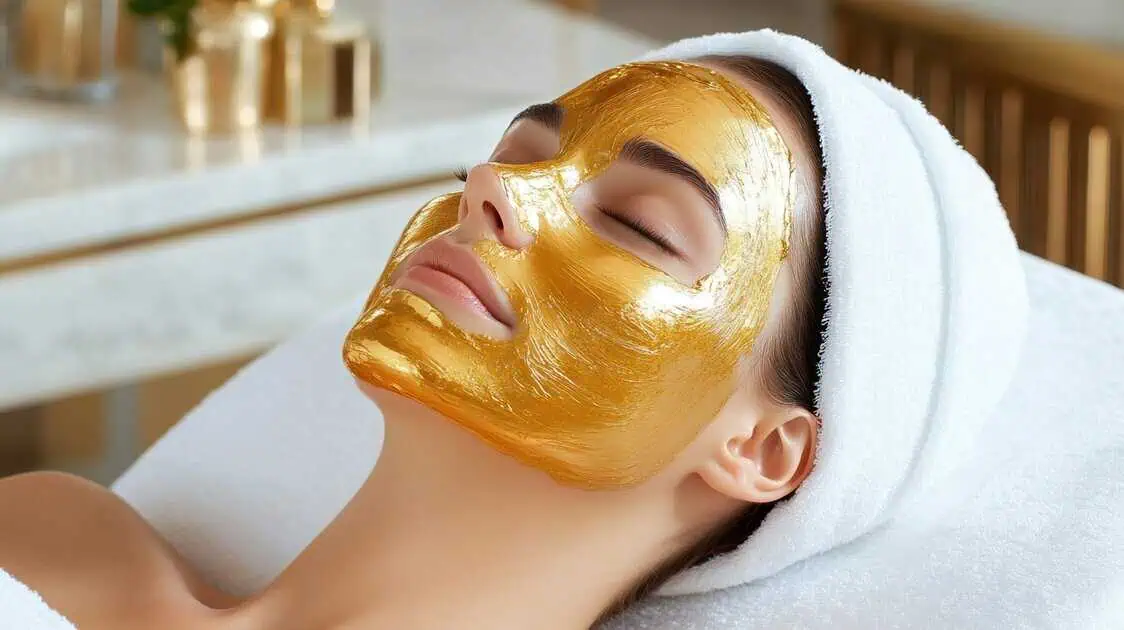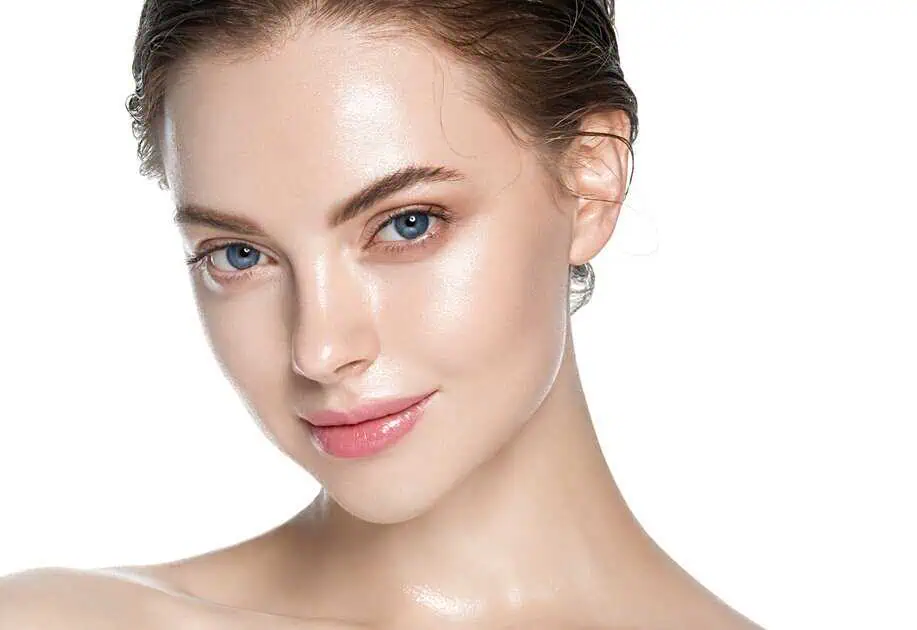In the world of cosmetic treatments, Botox and fillers have become household names. These two popular procedures are often mentioned in the same breath, but they are actually quite different in terms of their purpose, application, and effects.
As we age, our skin naturally loses elasticity, leading to fine lines, wrinkles, and volume loss. While Botox and fillers can help combat these signs of aging, they work in distinct ways. In this blog post, we’ll explore the differences between these two treatments, their benefits, and how to determine which one might be right for you.
What Is Botox?
The bacterium Clostridium botulinum is the source of the neurotoxin known as “botox,” or botulinum toxin. It smoothes out the look of the skin by momentarily numbing the muscles that produce wrinkles. Botox is primarily used to treat dynamic wrinkles caused by repetitive facial movements such as frowning, squinting, or smiling.
What Are the Benefits of Botox?
- Minimizes the appearance of wrinkles and fine lines around the eyes (crow’s feet), on the forehead, and between the eyebrows (frown lines).
- Prevents new wrinkles from forming by restricting muscle movement
- It provides a more youthful, refreshed look.
- Results are temporary, typically lasting 3-4 months.
- Minimal downtime and a relatively quick procedure
How Long Does Botox Last?
The effects of Botox are not permanent, as the neurotoxin gradually wears off over time. The average duration of a Botox treatment’s effects is three to six months. However, this can change based on things such as the person’s metabolism, how much Botox is used, and the area that is treated. Many people choose to have regular Botox treatments to maintain their desired results.
The Botox before and after results are remarkable. After the treatment, you’ll notice a smoother, more youthful appearance as the targeted muscles are temporarily relaxed, reducing the appearance of fine lines and wrinkles. This can leave you looking refreshed and rejuvenated.
What Are Fillers?
Fillers are intended to add volume and fullness to parts of the face that have lost it due to aging, in contrast to Botox, which targets the muscles. The main ingredient in fillers is hyaluronic acid, which the body naturally produces and aids in moisturizing and plumping the skin.
Fillers are injectable gel-like materials that plump up particular facial regions, like the lips, cheeks, and under-eye area. They function by physically “filling” in regions that have lost natural collagen and elastin as we age, causing them to seem sunken or hollow.
Benefits of Fillers
- Restore volume and fullness to the face, creating a more youthful appearance
- Add definition and contour to areas like the cheeks, chin, or jawline
- Plump and enhance the lips
- Smooth out static wrinkles (those present at rest)
- Results can last anywhere from 6 months to 2 years, depending on the type of filler used
- Immediate results with minimal downtime
What can you expect after a filler treatment?
After getting filler treatments, there are a few things you can typically expect:
- One of the most significant advantages of fillers is that you’ll see the results immediately. As soon as the filler is injected, it will instantly add volume and fullness to the treated area, whether the cheeks, lips, or under-eye region.
- After getting fillers, minor swelling, redness, or bruising around the injection sites is common.
- While the results of fillers are immediate, you may notice continued improvement in the treated area over the next couple of weeks. The final, natural-looking results will become more apparent as the filler fully integrates and any swelling subsides.
- The type of filler utilized and the region treated will determine the outcome of your filler. The benefits are usually six months and two years, after which touch-up procedures are required to keep the desired results.
- Your provider may schedule a follow-up appointment a week or two after your initial filler treatment to assess the results and make necessary adjustments or touch-ups.
Following your provider’s aftercare instructions is important, such as avoiding strenuous exercise, alcohol, and certain medications for the first 24-48 hours after treatment. This will guarantee the best possible outcomes and lessen any possible negative consequences.
Botox vs. Fillers: Key Differences
Now that we’ve covered the basics of Botox and fillers let’s dive into the key differences between these two popular cosmetic treatments:
1. Purpose
- Botox temporarily relaxes the muscles that cause dynamic wrinkles, such as frown lines and crow’s feet.
- Fillers restore volume and fullness to areas of the face that have lost it due to aging, such as the cheeks, lips, and under-eye area.
2. Mechanism of Action
- Botox temporarily paralyzes the muscles that cause wrinkles, smoothing out the skin’s appearance.
- Fillers work by physically adding volume to sunken or hollow areas of the face, creating a more youthful, plump appearance.
3. Treatment Areas
- Botox is commonly used to treat dynamic wrinkles on the forehead, between the eyebrows, and around the eyes.
- Fillers are used to add volume to areas like the cheeks, lips, under-eye area, and nasolabial folds (smile lines).
4. Longevity of Results
- The effects of Botox typically last 3-4 months before the treatment needs to be repeated.
- The longevity of fillers can vary depending on the type used, but most last between 6 months and two years before touch-ups are needed.
5. Downtime and Side Effects
- Botox and fillers have minimal downtime, but Botox is generally associated with fewer side effects.
- Potential side effects of fillers include bruising, swelling, and redness at the injection site, which typically resolve within a few days.
Which Treatment is Right for You?
Now that you understand the key differences between Botox and fillers, you might wonder which treatment suits your specific concerns. Here are some general guidelines:
- If your primary concern is dynamic wrinkles caused by muscle movement (frown lines, crow’s feet, etc.), Botox may be the better option.
- Fillers are likely the best option for restoring volume and fullness to sunken or hollow areas of the face.
- For a more comprehensive anti-aging approach, many people choose to combine Botox and fillers for optimal results.
It’s important to note that both Botox and fillers are temporary solutions. Eventually, the effects will fade, and you’ll need frequent maintenance procedures to maintain your ideal appearance.
Need guidance on what treatment to get?
If you’re interested in exploring Botox, fillers, or a combination of both, we invite you to schedule a consultation with our experienced team at SeaMist MedSpa. Our skilled professionals will evaluate your concerns, discuss your goals, and recommend the best course of treatment to help you achieve a more youthful, refreshed appearance. Don’t hesitate to take the first step towards rejuvenating your look – contact us today!












